What Is A Saltwater Aquarium: Plants For Saltwater Aquariums
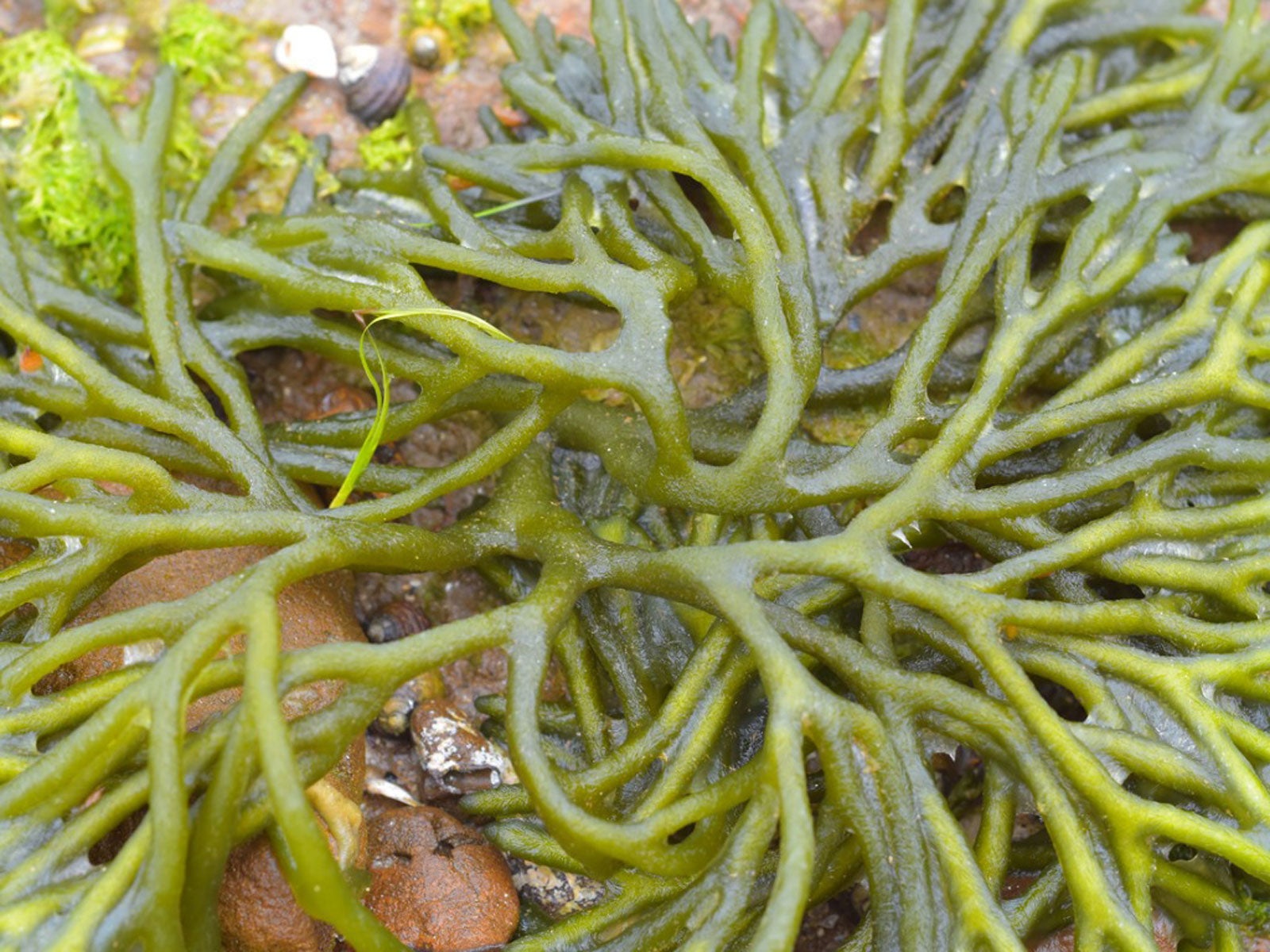

Building and maintaining a saltwater aquarium requires some expert knowledge. These miniature ecosystems are not straightforward or as simple as those with fresh water. There are many things to learn, and one of the important elements is choosing the right saltwater aquarium plants.
What is a Saltwater Aquarium?
Learning about a saltwater aquarium for beginners is fine, but understand before you dive in that these ecosystems require meticulous and regular care, or the fish will die. Be prepared to put in lots of time and effort.
A saltwater aquarium is simply a tank or container with saltwater into which you put species that live in that type of environment. It’s like a small slice of the ocean. You can create an ecosystem specific to a region or type of environment, like a Caribbean reef.
Any saltwater aquarium needs a few essentials: the tank, a filter and skimmer, a substrate, a heater, fish, and of course, plants.
Choosing Plants for Saltwater Aquariums
If you’re ready to start building a saltwater aquarium, you will have a lot of supplies to buy. The fun part is choosing the animals and the plants. Here are some popular saltwater aquarium plants that will grow readily in your new ecosystem:
- Halimeda - This is an attractive green plant with leaves like chains of coins. Since it grows throughout the oceans, halimeda is a good choice for just about any type of environment you create.
- Green finger algae - Any algae type is good for your aquarium because it acts as a natural filter. This one has fleshy, finger-like leaves resembling coral.
- Spaghetti algae - This is common in saltwater aquariums because it is fairly easy to grow. It is also a good source of food for fish that eat algae. It provides visual interest with its clump of noodle-like leaves.
- Mermaid’s fan - This plant looks like the name suggests, like a delicate green fan sprouting from the bottom of the tank. These can be difficult to grow if you don’t have the right nutrient balance, though. They need calcium and limited phosphate and nitrate.
- Shaving bush plant - This is a good companion for mermaid’s fan because it absorbs excess phosphates and nitrates. It has a central stem with a bunch of thin leaves, resembling a shaving brush.
- Sea grass - Essential in coral reefs, sea grass grows in clumps like grass and provides habitat and shelter for juvenile fish.
- Red grape algae - For something different, try red grape algae. The air bladders are red and round and resemble grapes.
- Blue hypnea algae - For a real visual punch, this type of algae delivers. It grows in dense clumps and is iridescent blue. You’ll need a courser substrate for its roots to grip.
Gardening tips, videos, info and more delivered right to your inbox!
Sign up for the Gardening Know How newsletter today and receive a free copy of our e-book "How to Grow Delicious Tomatoes".

Mary Ellen Ellis has been gardening for over 20 years. With degrees in Chemistry and Biology, Mary Ellen's specialties are flowers, native plants, and herbs.
-
 Types Of Tomatoes Explained: Explore The Many Wonderful Shapes, Colors, Flavors, & Best Uses
Types Of Tomatoes Explained: Explore The Many Wonderful Shapes, Colors, Flavors, & Best UsesThe world of tomato varieties is vast and fascinating. Learn about the key types to grow in your garden, tailored to your preferences and space.
By Amy Grant
-
 Try The Trend – Turn Any Bed Into A Keyhole Garden With This Clever In-Ground Composter
Try The Trend – Turn Any Bed Into A Keyhole Garden With This Clever In-Ground ComposterKeyhole gardening is an efficient and sustainable practice that saves space. Get started on this DIY project quickly and easily with an in-ground composter.
By Bonnie L. Grant
-
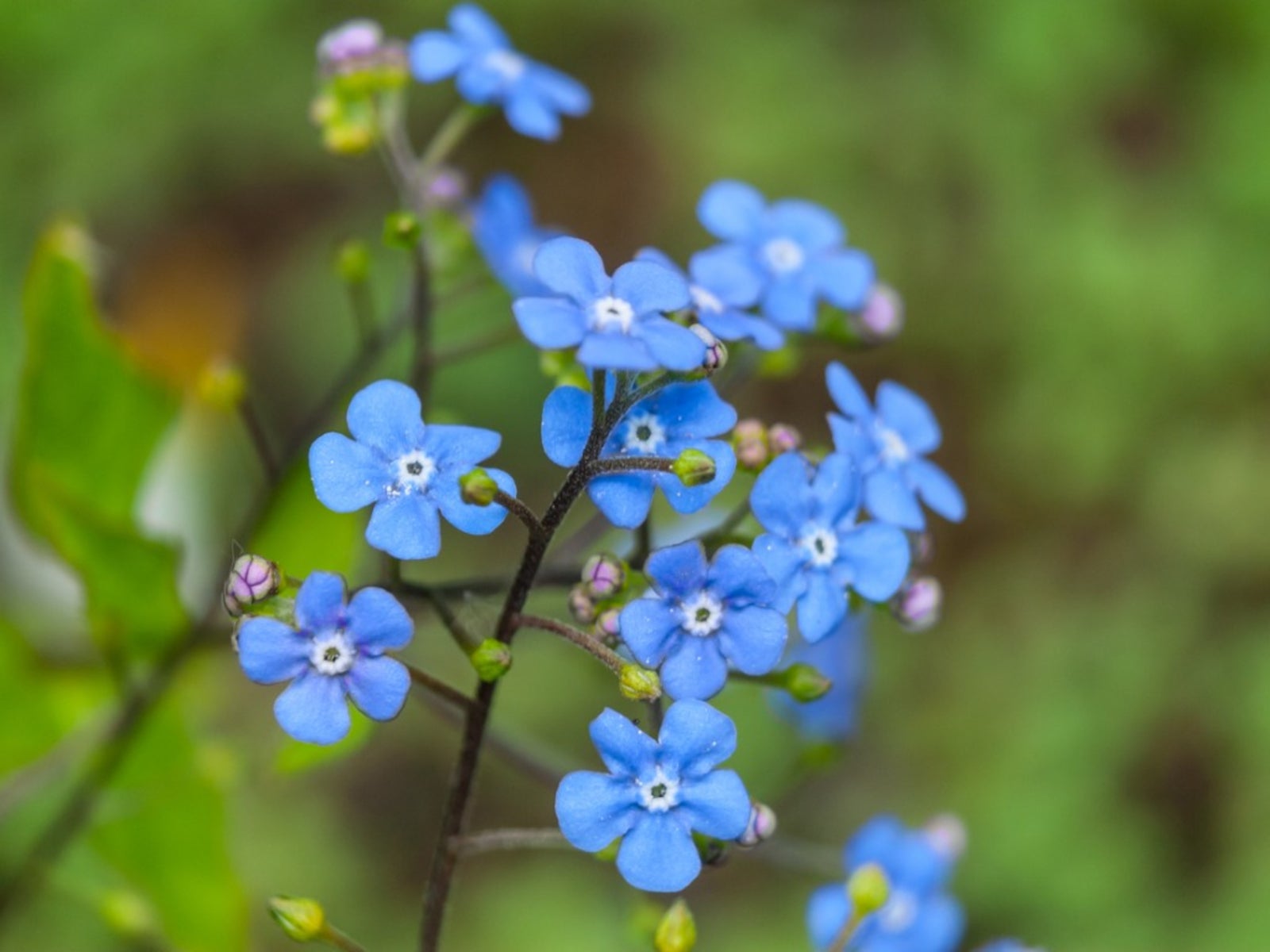 Flowering Pond Plants - Growing Aquatic Flowers
Flowering Pond Plants - Growing Aquatic FlowersAdding flowering pond plants to natural and manmade water features can be an easy way to quickly beautify a space with lush greenery and vibrant bursts of seasonal color. Read on for more.
By Tonya Barnett
-
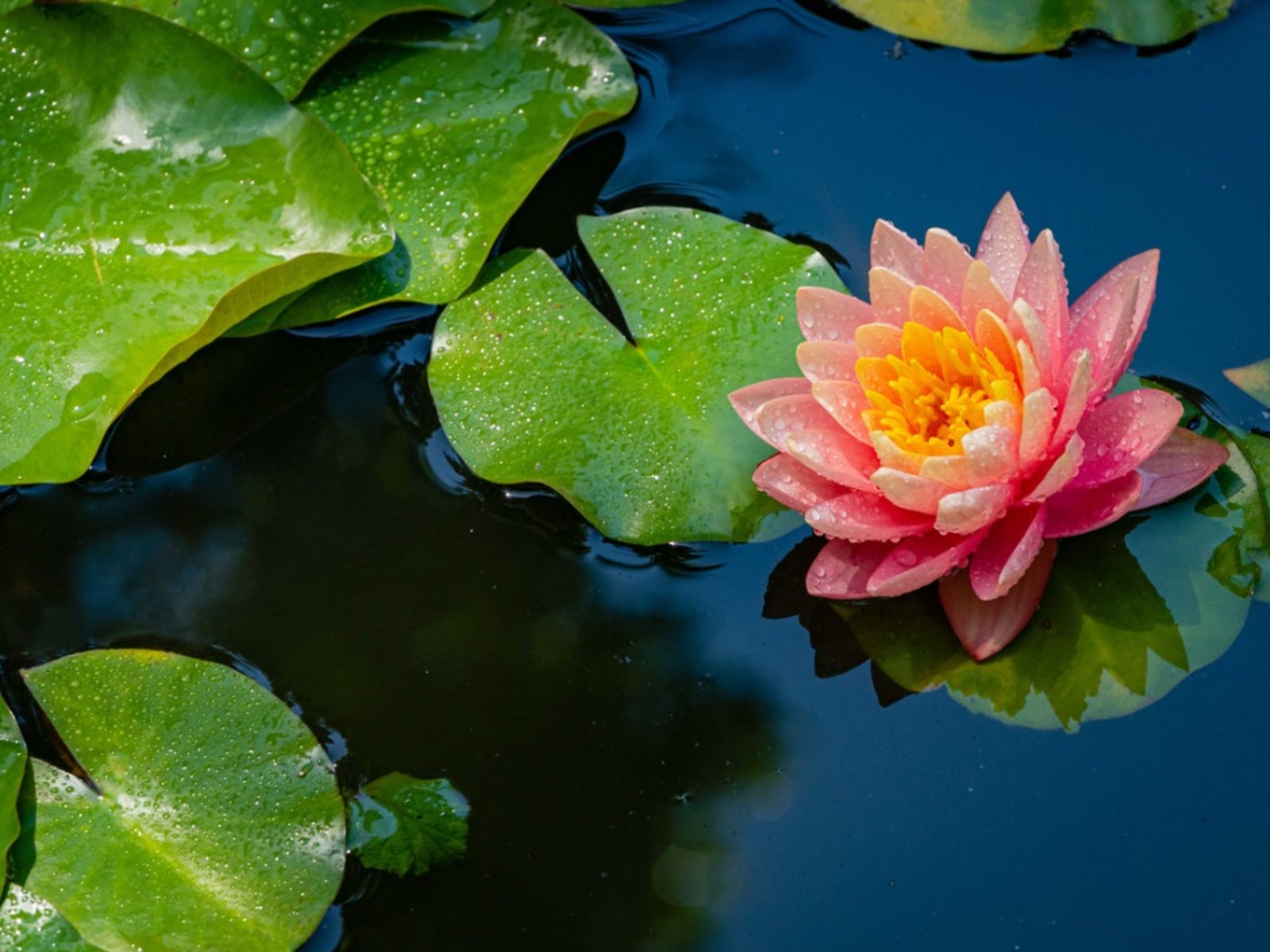 Full Sun Aquatic Plants - Full Sun Floating Pond Plants
Full Sun Aquatic Plants - Full Sun Floating Pond PlantsThere are pros and cons to putting a pond in full sun, but it's very doable. Here are some ideas to get you started.
By Mary Ellen Ellis
-
 Echinodorus Creeping Burhead – Information On Creeping Burhead Plant Care
Echinodorus Creeping Burhead – Information On Creeping Burhead Plant CareCreeping burhead plants are members of the water plantain family and commonly used in freshwater aquariums or outdoor fishponds. Echinodorus creeping burhead is native to the eastern half of the United States. To learn more about the creeping burhead plant click the following.
By Laura Miller
-
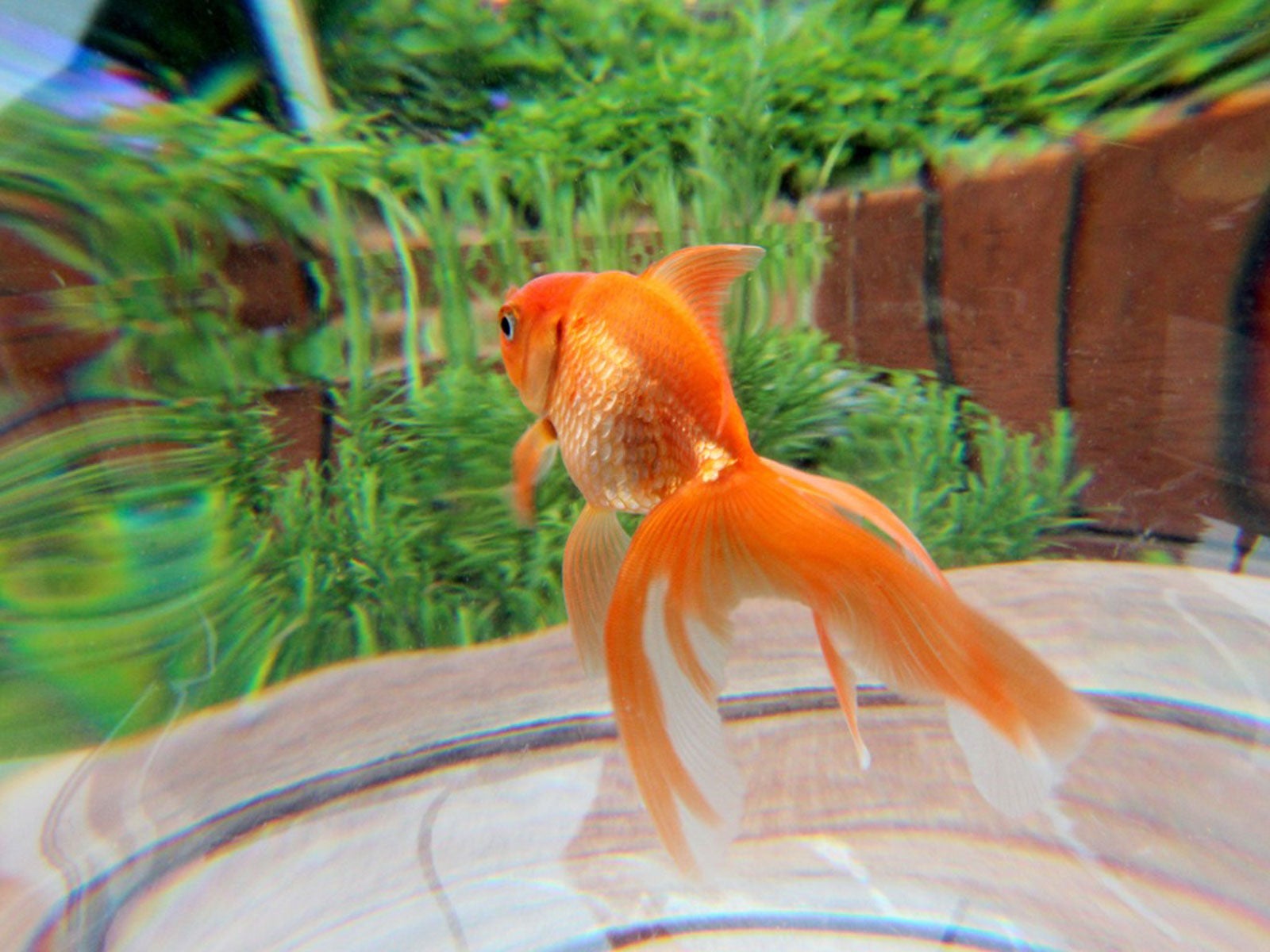 Outdoor Aquarium Ideas: Putting A Fish Tank In The Garden
Outdoor Aquarium Ideas: Putting A Fish Tank In The GardenAquariums are generally made for inside the house, but why not have a fish tank outside? Click here for tips and ideas on backyard aquariums.
By Mary Ellen Ellis
-
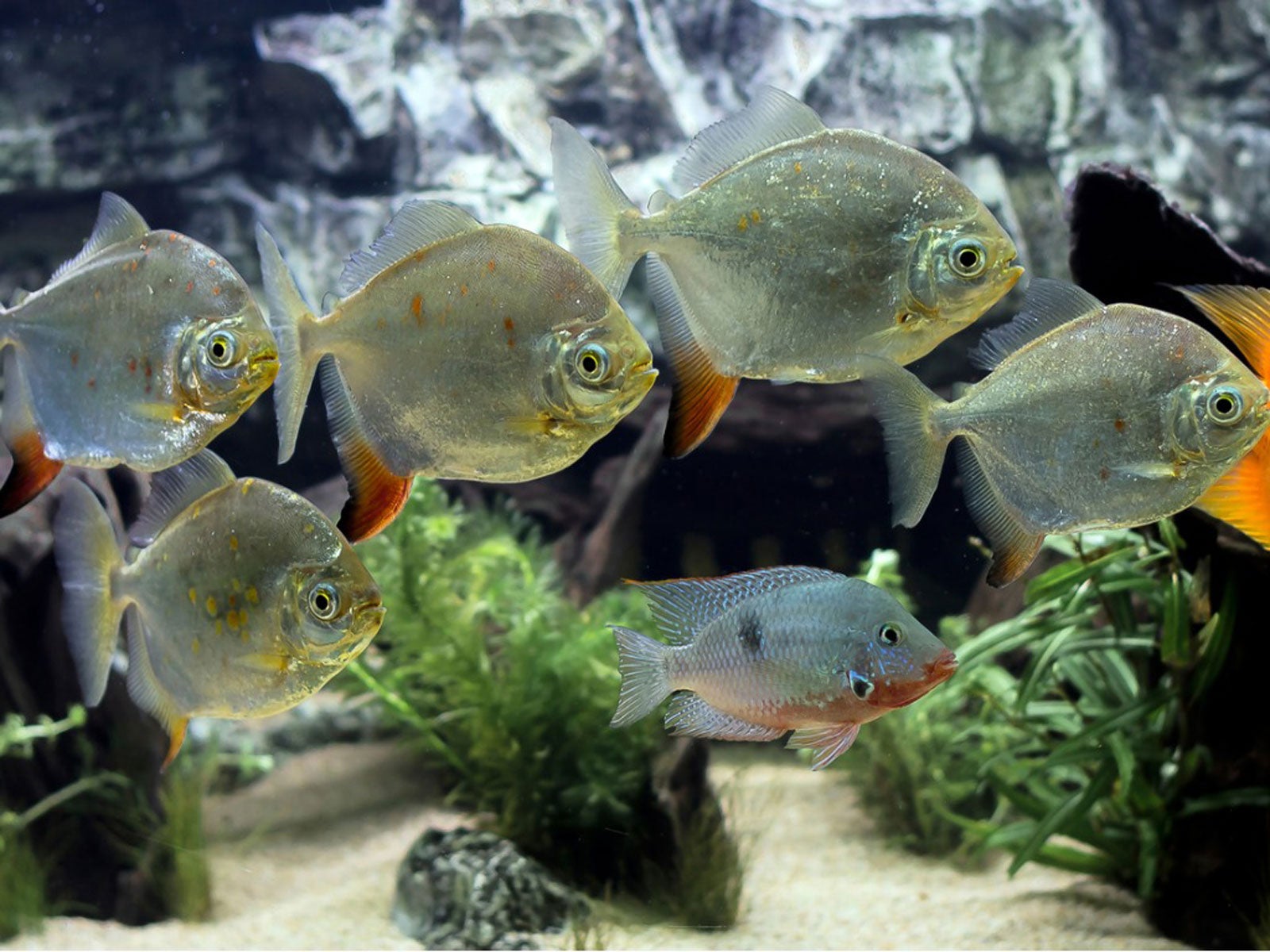 Fish That Eat Plants – Which Plant Eating Fish Should You Avoid
Fish That Eat Plants – Which Plant Eating Fish Should You AvoidGrowing plants with aquarium fish is rewarding, but if you want to combine plants and fish, learn what aquarium fish to avoid. This article will help.
By Mary H. Dyer
-
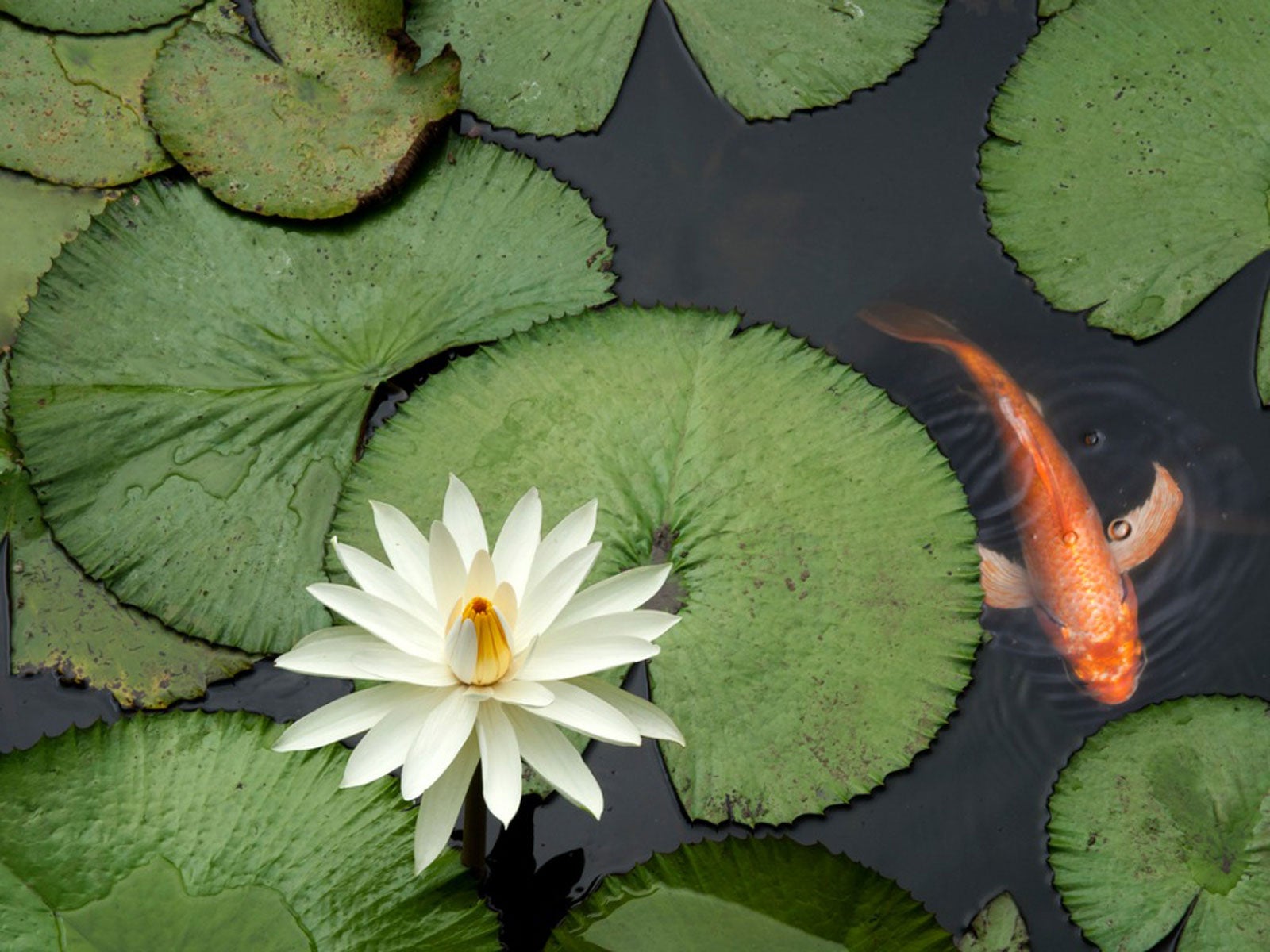 Is Pond Fertilizer Bad For Fish: Learn About Fish Safe Fertilizer
Is Pond Fertilizer Bad For Fish: Learn About Fish Safe FertilizerUsing fertilizer around fishponds must be done with care. Excess nitrogen causes algae, but can also contaminate the water and affect fish. Learn more here.
By Bonnie L. Grant
-
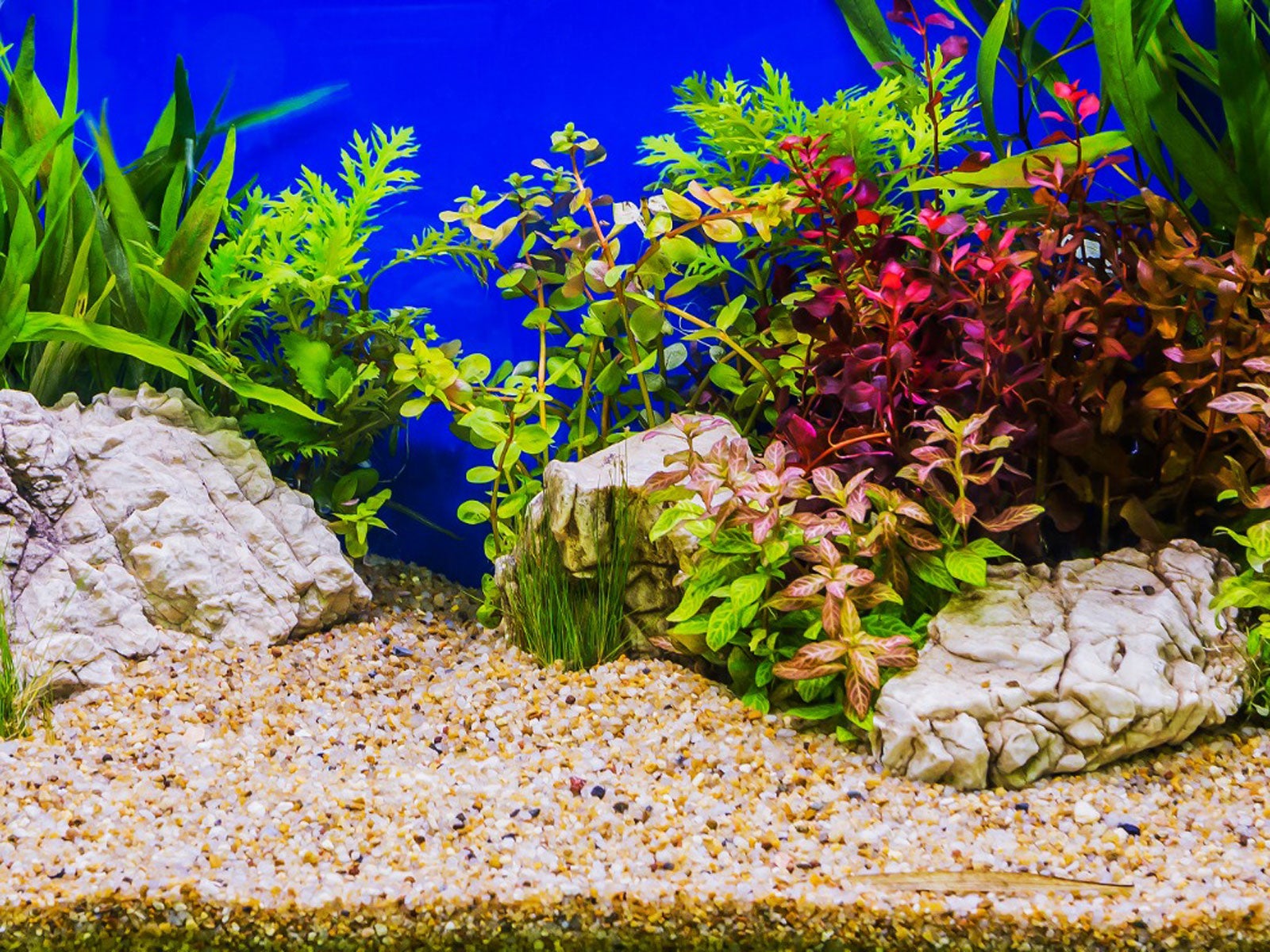 What Is Aquascaping – Creating An Aquarium Garden
What Is Aquascaping – Creating An Aquarium GardenAquatic gardening can be a rewarding endeavor, especially when aquascaping. Click this article to learn more about creating an aquarium garden.
By Nikki Tilley
-
 What Is Bubble Aeration: Learn About Pond Bubbler Systems
What Is Bubble Aeration: Learn About Pond Bubbler SystemsWithout proper care and maintenance, a pond can become a smelly, brackish pit and a breeding ground for mosquitos. The best way to keep a pond clean and odor free is with an aeration system. To learn about bubble aeration in ponds, click here.
By Mary H. Dyer